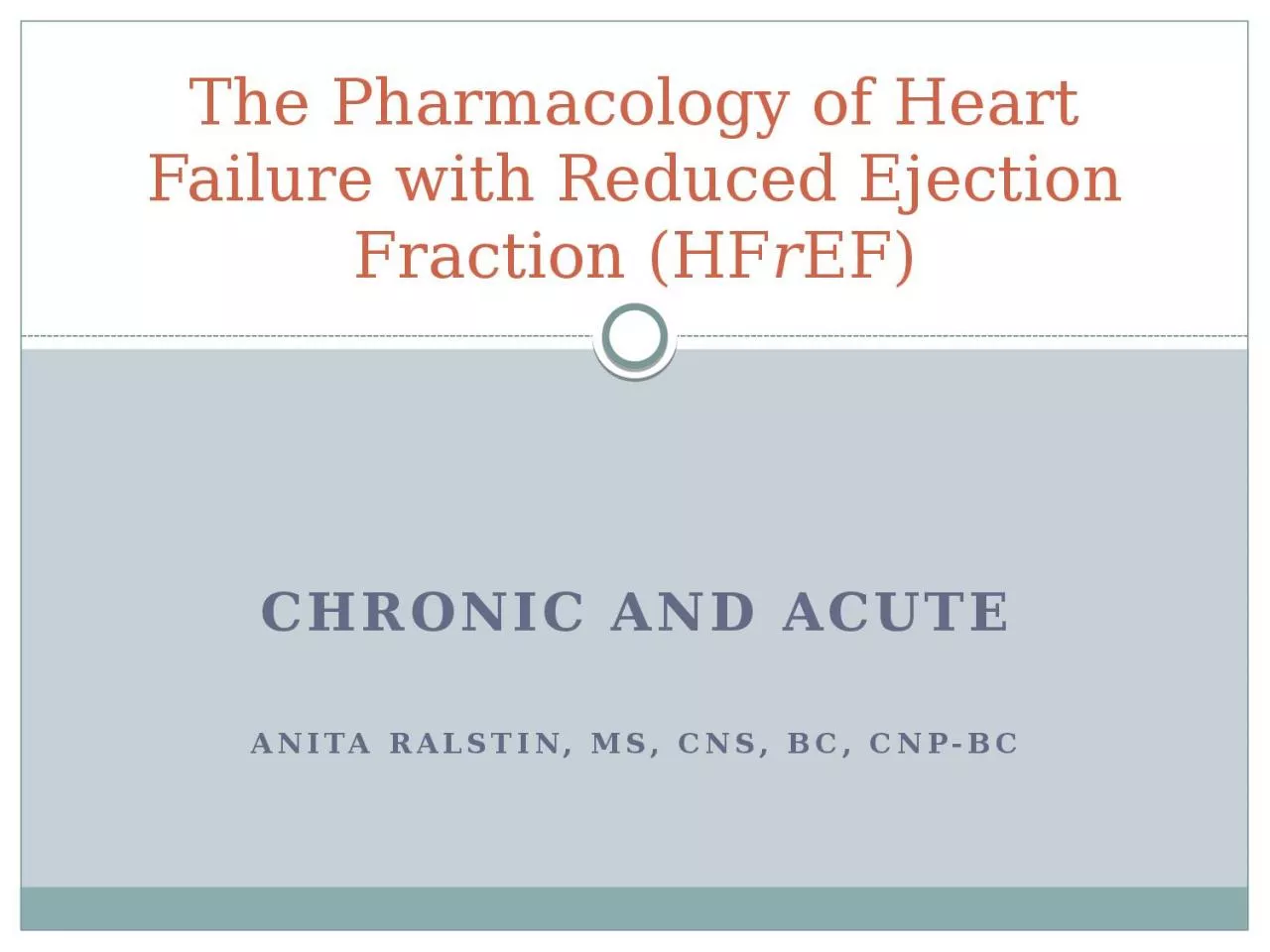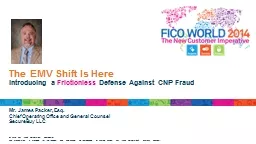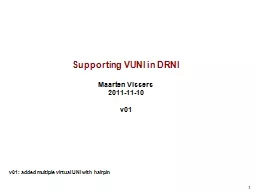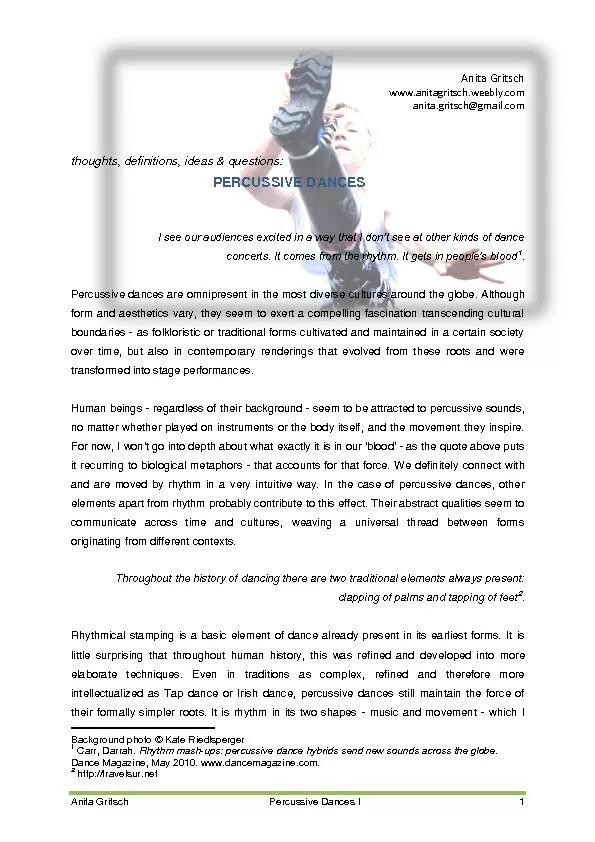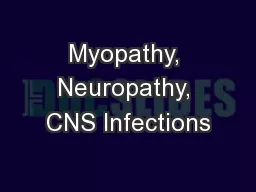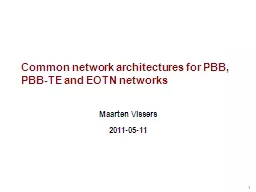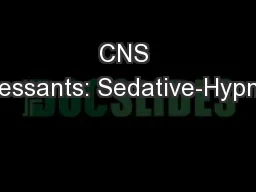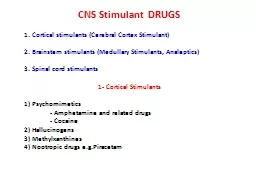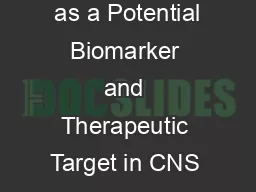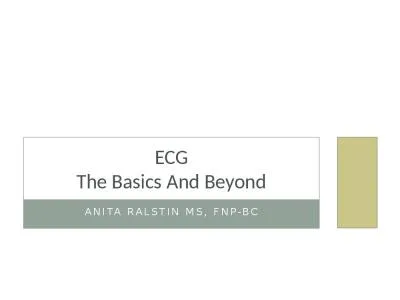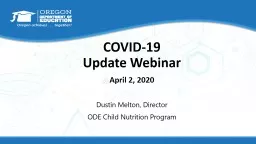PPT-Chronic and Acute Anita Ralstin, MS, CNS, BC, CNP-BC
Author : SugarLips | Published Date : 2022-08-01
The Pharmacology of Heart Failure with Reduced Ejection Fraction HF r EF I have no conflicts of interest HF r EF vs HF p EF Left ventricular failure with reduced
Presentation Embed Code
Download Presentation
Download Presentation The PPT/PDF document "Chronic and Acute Anita Ralstin, MS, CNS..." is the property of its rightful owner. Permission is granted to download and print the materials on this website for personal, non-commercial use only, and to display it on your personal computer provided you do not modify the materials and that you retain all copyright notices contained in the materials. By downloading content from our website, you accept the terms of this agreement.
Chronic and Acute Anita Ralstin, MS, CNS, BC, CNP-BC: Transcript
Download Rules Of Document
"Chronic and Acute Anita Ralstin, MS, CNS, BC, CNP-BC"The content belongs to its owner. You may download and print it for personal use, without modification, and keep all copyright notices. By downloading, you agree to these terms.
Related Documents

